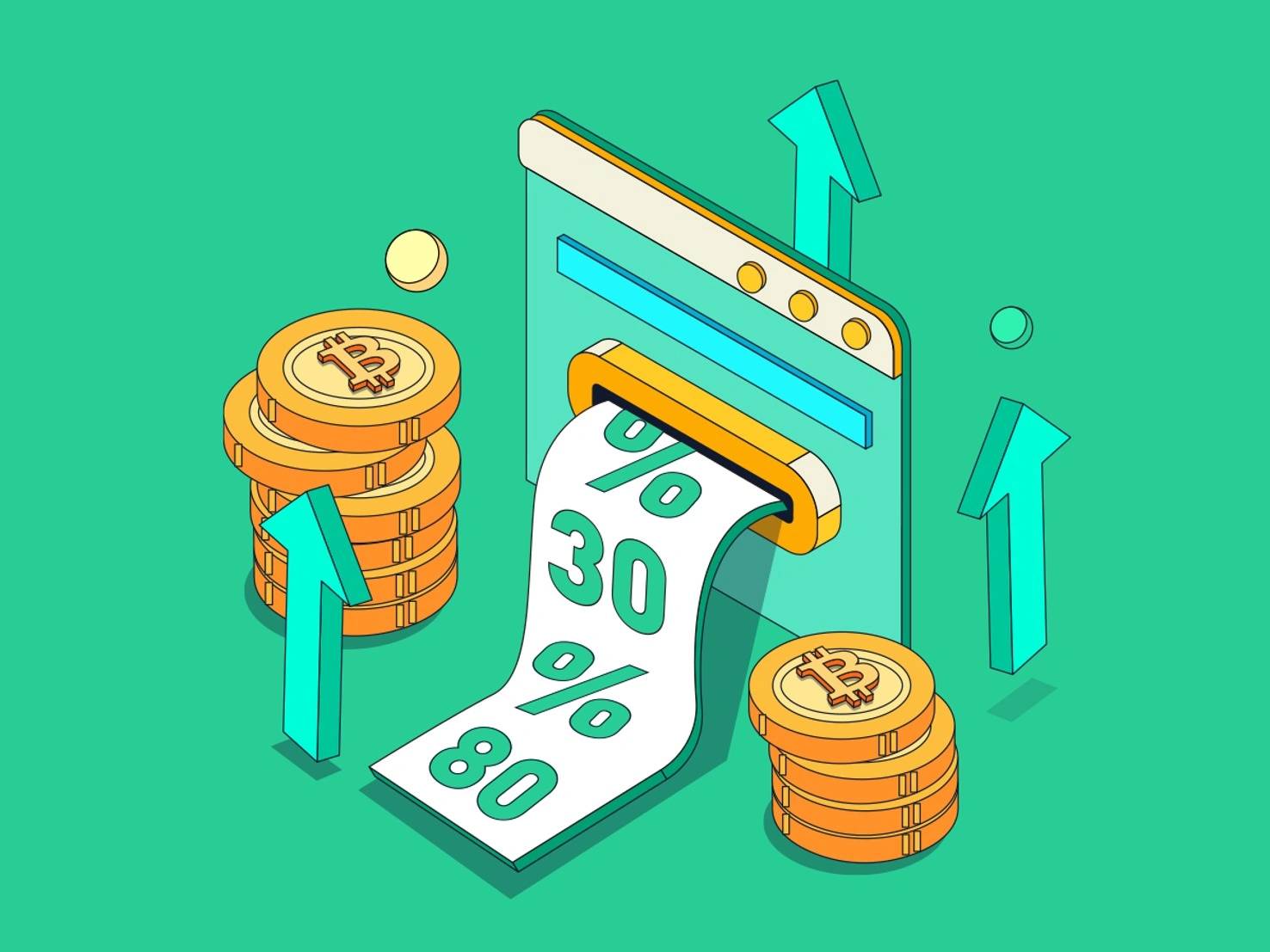Subscribe to wiki
Share wiki
Bookmark
Annual Percentage Yield (APY)
The Agent Tokenization Platform (ATP):Build autonomous agents with the Agent Development Kit (ADK)
Annual Percentage Yield (APY)
Annual Percentage Yield (APY) represents the compounded annual return on a cryptocurrency investment, expressed as a percentage. The yield comprises both the principal amount and the interest accumulated through compounding. APY is primarily calculated based on the interest rate and the frequency of compounding, which can be daily, weekly, monthly, or yearly.[2][6]
APY is generally more profitable than APR because it accounts for compound interest - interest earned on both the initial investment and accrued interest. In the realm of DeFi, high APY is often achievable through manual compounding, wherein users reinvest their earned interest back into the initial investment daily to maximize returns. Compound interest is automatically added to the principal balance at regular intervals, thereby increasing the overall amount of interest earned. Over time, this leads to higher returns compared to APR, as the total amount invested continues to grow.[9]
APY Calculation
To calculate APY, the interest rate and the compounding frequency must be established. APY is calculated as follows:
- APY = (1 + r/n)^n – 1
- APY = ((1 + Interest Rate / Number of times compounded per year) ^ (Number of times compounded per year)) – 1
For example, if an investor deposits 100 ETH into a staking program that offers an interest rate of 10% annually and compounds interest ‘daily.’
To calculate the APY, a user needs to:
-
Divide the interest rate by the number of times compounded per year: (0.10 / 365) = 0.0002739726
-
Add one to the result: (1 + 0.0002739726) = 1.0002739726
-
Raise that to the power of the number of times compounded per year: (1.0002739726) ^ 365 = 1.105155781
-
Subtract one from the result: (1.105155781 – 1) = 0.105155781
Therefore, the APY would be 10.52% and the return is 110.52 ETH [3][4]
Earning APY
Cryptocurrency investors can earn APY by staking their cryptos, putting them in savings accounts, or providing liquidity to liquidity pools via yield farming.
Staking
Staking in APY is a way to earn interest on crypto assets by participating in the proof-of-stake (PoS) consensus mechanism. Assets are locked up while the investor verifies transactions on the blockchain, in return for validating transactions, the investor is rewarded with APY.[5]
Lending
APY lending involves loaning cryptocurrency assets through smart contracts on blockchain in exchange for interest. The interest is usually paid in the same cryptocurrency or a stablecoin and is calculated on an annualized basis.
Yield Farming
Yield farming is proactively lending crypto to earn more crypto. Yield farmers move their assets to different platforms in search of higher interest yield and treat the entire process like a trading strategy. It however involves constantly tracking APY to take advantage of the most lucrative opportunities.[8]
Liquidity Mining
Liquidity mining is a process of providing liquidity to a decentralized exchange (DEX) in exchange for APY rewards. DEXes need liquidity to allow users to trade tokens, and they reward liquidity providers with APY.[8]
See something wrong?
The Agent Tokenization Platform (ATP):Build autonomous agents with the Agent Development Kit (ADK)
